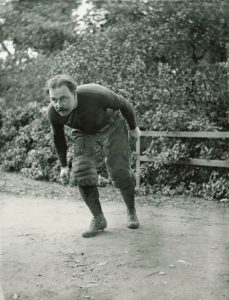As we begin the countdown for 2019 – and look forward to the blog’s fifth anniversary in January – I have selected some posts from the first half of 2018 to showcase the range of subjects covered in Vita Brevis during the last year.
 Alicia Crane Williams started the year with a series of posts on establishing criteria for what constitutes an “excellent” genealogy, as distinguished from a “good” (or a “poor”) one:
Alicia Crane Williams started the year with a series of posts on establishing criteria for what constitutes an “excellent” genealogy, as distinguished from a “good” (or a “poor”) one:
A “scoring” system for genealogies would be interesting. If, for example, we had ten categories on which to judge a genealogical source, and each category had a potential ten points maximum, the “perfect” score would be 100. Of course, this would all be subjective, but it would give us a way to group works for comparison (top 10%, bottom 50% etc.). Continue reading 2018: the year in review








